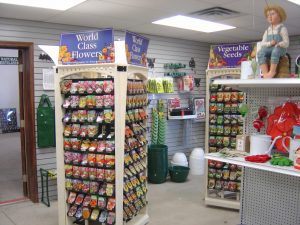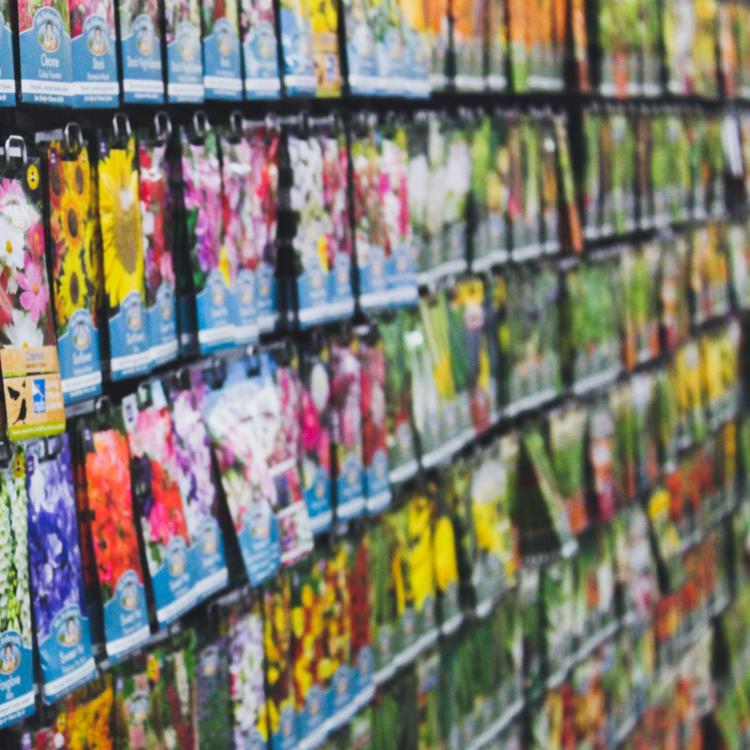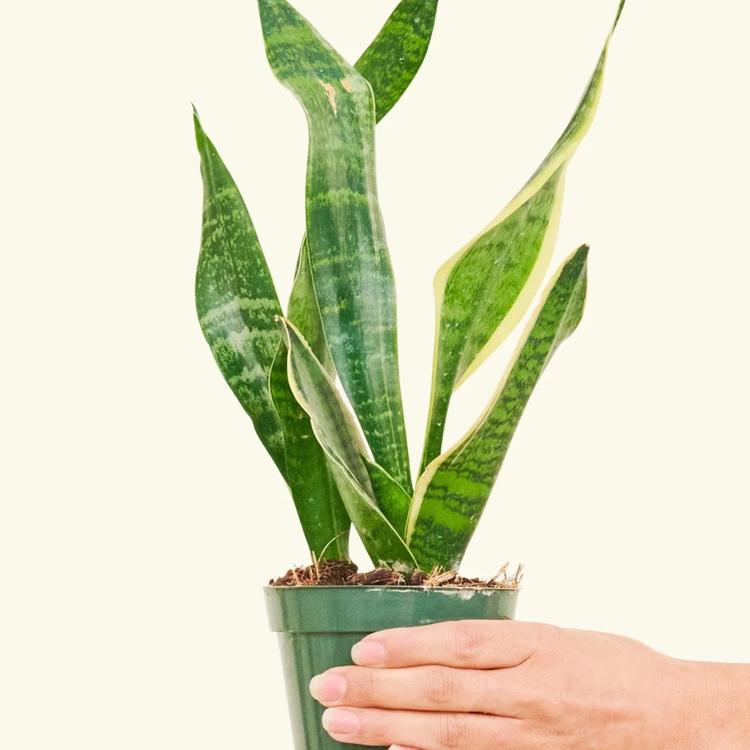They are a treasure trove of information, providing crucial details about the type of plant, planting instructions, and expected growth period. These packets, usually made of paper or plastic, are designed to protect the seeds from moisture and other external factors. They guide gardeners especially beginners on how to sow the seeds, the ideal soil conditions, and the recommended watering and fertilizing techniques. They also help gardeners keep track of the different types of seeds they have planted, making them indispensable for anyone looking to cultivate plants. 
But what about seed packets from previous seasons?
Are they still valuable? The answer lies in several factors
- the expiration date
- the type of seeds
- the storage conditions
Expired seed packets, or those containing seeds that are only viable for one season may not be worth much. However, if the seed packets have not expired and contain perennial seeds or seeds of plants with a longer lifespan, they may still be valuable. Proper storage conditions can help preserve the viability of the seeds and increase their worth.
Seeds are alive but do not live forever.
When you purchase a packet of seeds, they are already in a dormant state, waiting for the right conditions to germinate and grow into plants. The lifespan of seeds can vary depending on the type of plant and the conditions in which they are stored. Proper storage in a cool, dry, and dark place is crucial to extend the lifespan of seeds and increase the chances of successful germination. Speaking of storage, maintaining low temperature and low humidity is essential for optimal storage conditions. These conditions slow down biological and chemical processes, preventing spoilage, deterioration and damage to stored items.
By understanding and controlling these factors, we can effectively preserve the quality and longevity of stored goods.

The viability of seeds is another important factor to consider
Not all seeds have the same lifespan, and some can remain viable for a longer period of time than others. If a seed is still viable, it can be planted and has the potential to grow into a plant. However, if a seed is no longer viable, it is recommended to discard it.
Let’s not forget about flower seeds
There are both annual and perennial flower seeds, each with its own unique characteristics and requirements. Proper care and maintenance are key to ensuring successful germination and growth of flowers. Finally, is it worth saving an old seed packet? A simple germination test can help determine the viability of the seeds. If the seeds do germinate, it indicates that the seeds are still viable and can be used for planting. However, if the seeds do not germinate, it suggests that the seeds may have lost their viability and it may not be worth saving the old seed packet.







